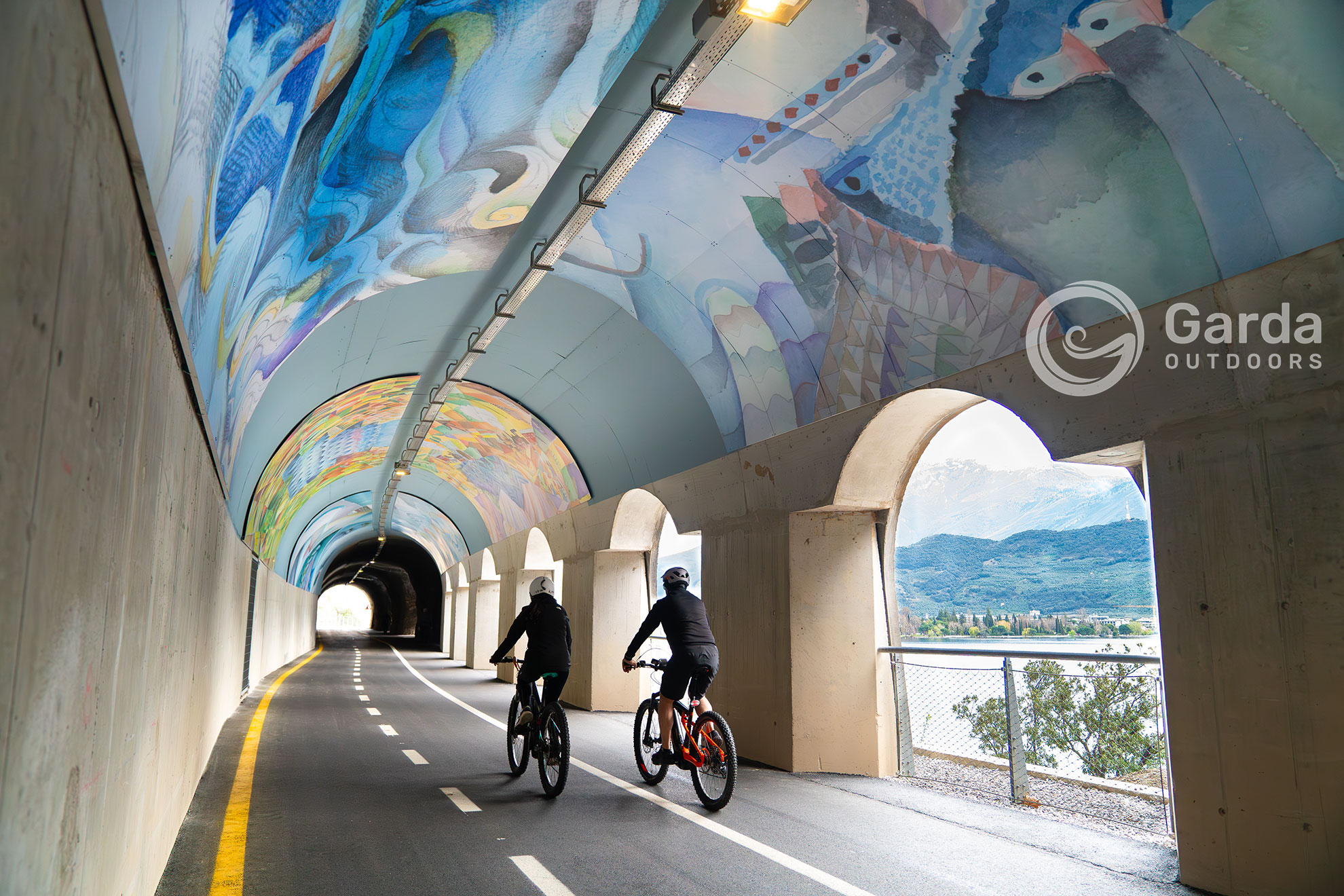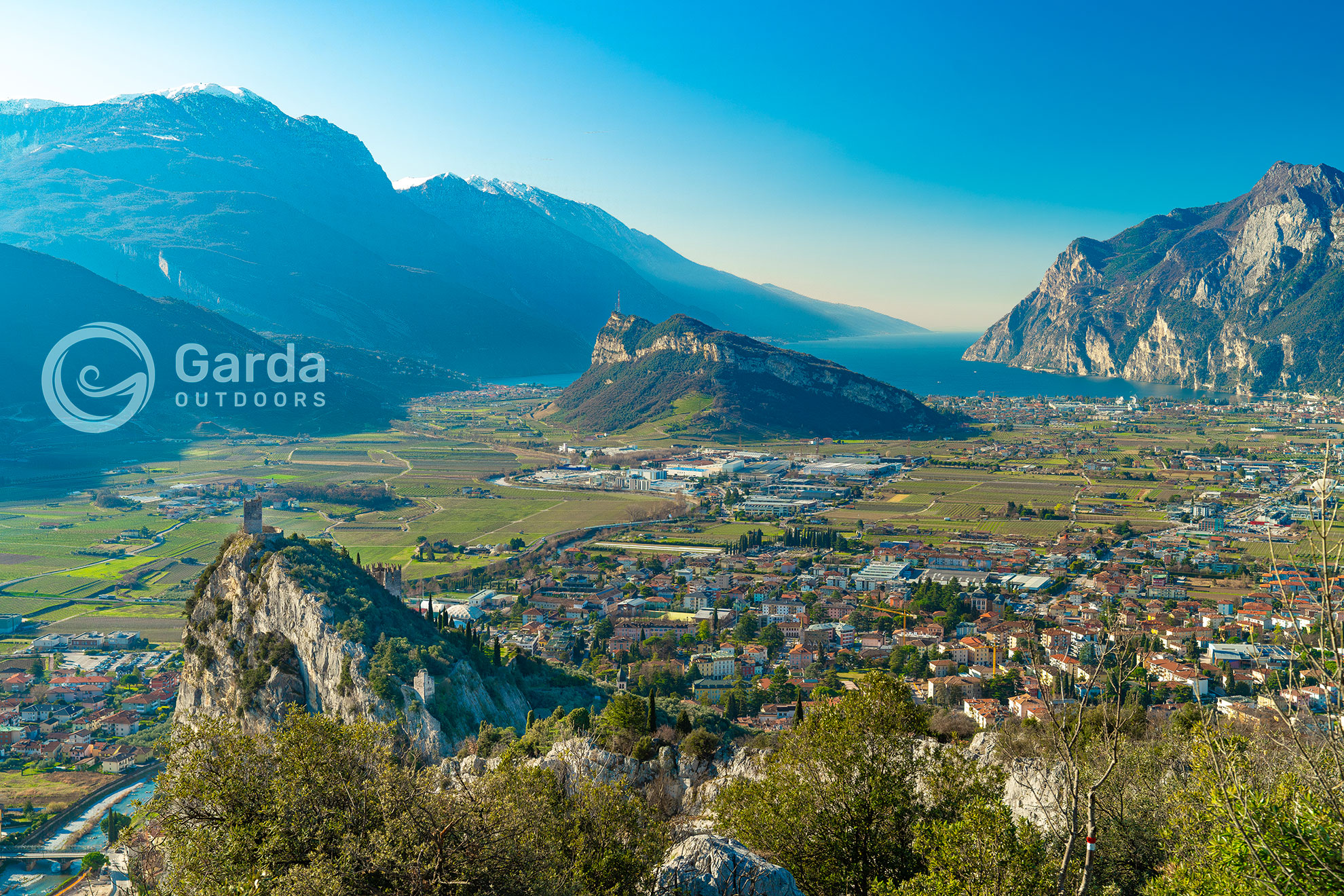Padenghe sul Garda is one of the 7 villages that make up the splendid Valtenesi, located on the south-western Brescia shore of Lake Garda.
A small village which however is rich in both historical beauties to discover and enchanting views of vineyards, olive groves and the blue of the lake.
Historical notes on Padenghe sul Garda
The area of Padenghe sul Garda boasts a rich history that has its roots in Roman antiquity. The first archaeological evidence reveals the presence of a rustic villa and a lake port, dating back to the 2nd-3rd century AD, used for both commercial and military purposes.
In the Middle Ages, Padenghe was the seat of a parish church, maintaining a historical link with the Roman villa. During the Venetian period, the Garda area became an important commercial centre, with the port of Padenghe used for the trade of salt from Austrian mines.
During the twentieth century, with the construction of the Gardesana state road, the landscape and infrastructure of the area underwent significant transformations, preparing the ground for the most radical changes of the last two decades.
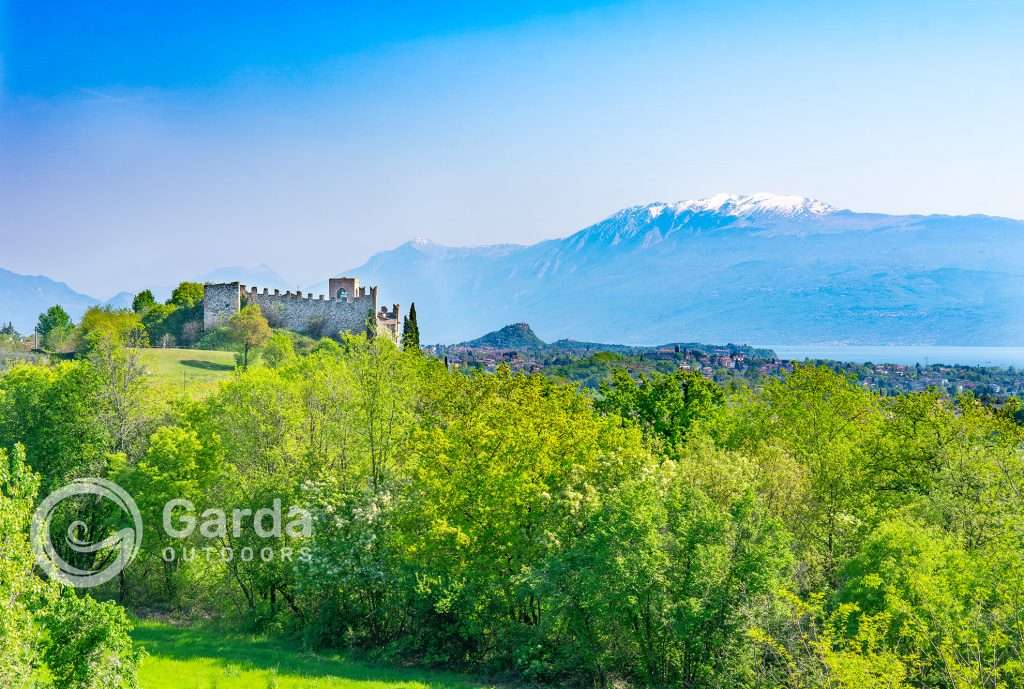
What to see in Padenghe sul Garda
The historic center with Palazzo Barbieri and the church of Santa Maria Assunta
The small historic center winds through narrow streets, little bars and picturesque views that rise towards the promontory on which the Castle stands.
Worthy of note is the municipal headquarters of Palazzo Barbieri. The building, originally built on ancient walls, shows clear signs of a history that extends back to the 16th century, as confirmed by recent discoveries during the restoration works. The structure, with eighteenth-century U-shaped characteristics, has two wings facing south and is spread over two floors. The ashlar stone portal, dating back to 1791, leads to an atrium supported by six columns and cross vaults. The internal courtyard, enclosed by the wings of the building, is also made with pebbles and stones. On the ground floor, the left side houses a cellar with a stone vault, while on the right side there are rooms with restored period paintings. A sumptuous marble staircase leads to the first floor, among which the technical study stands out with a ceiling characterized by wooden beams and iron tie rods.
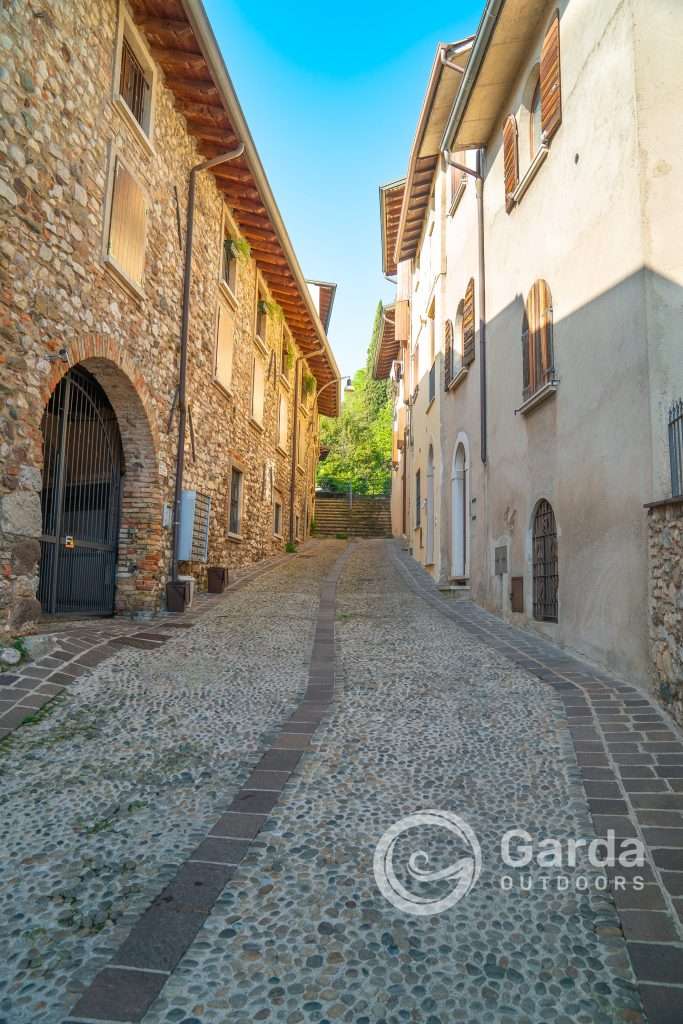
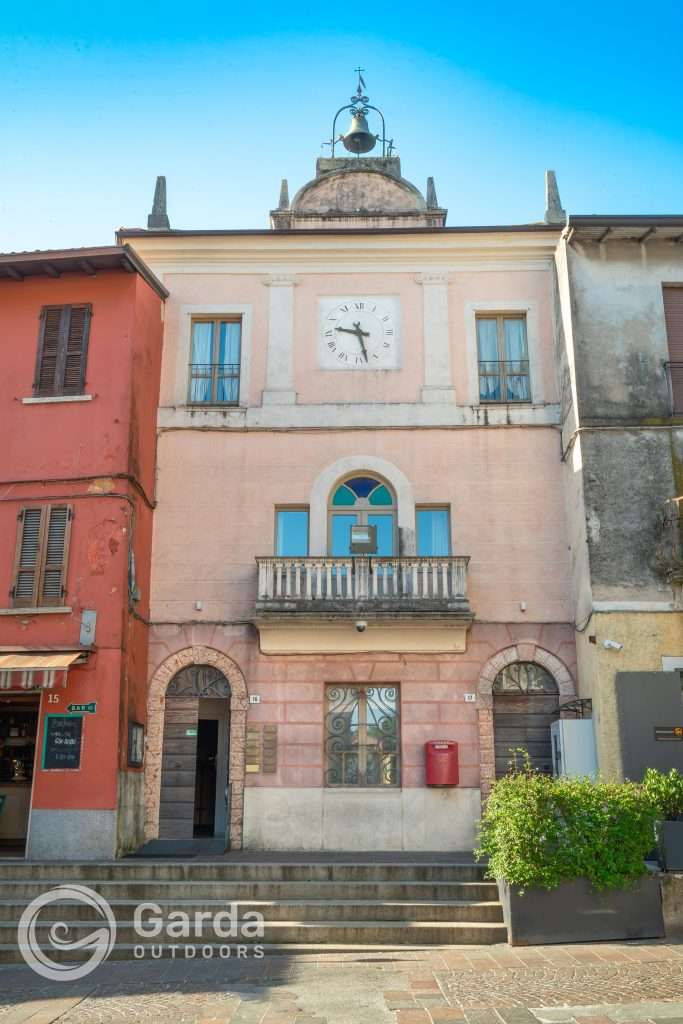
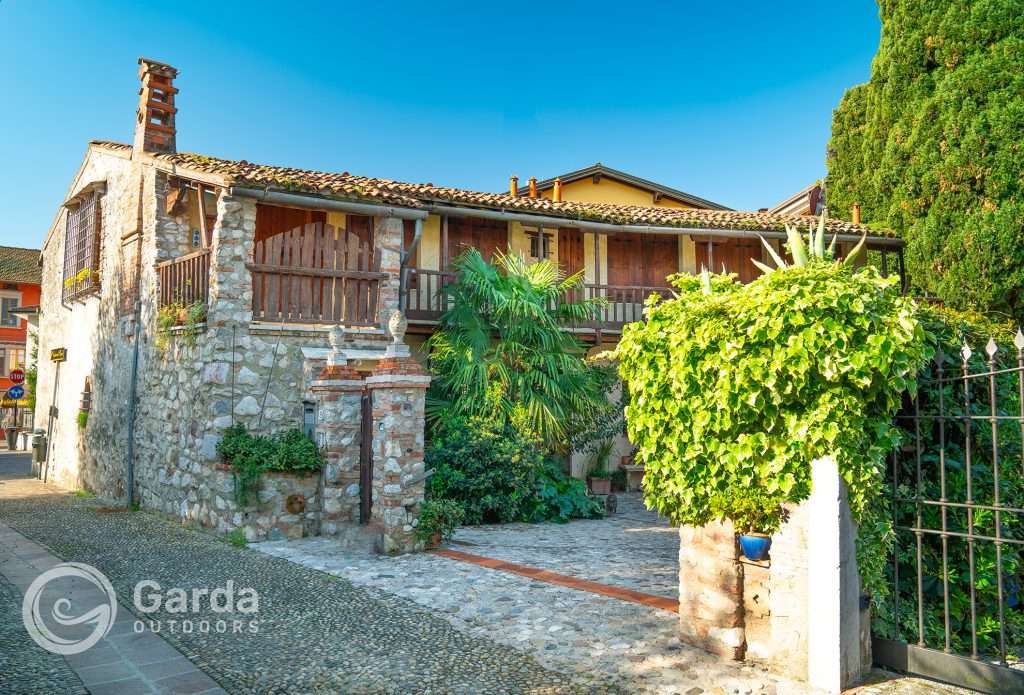
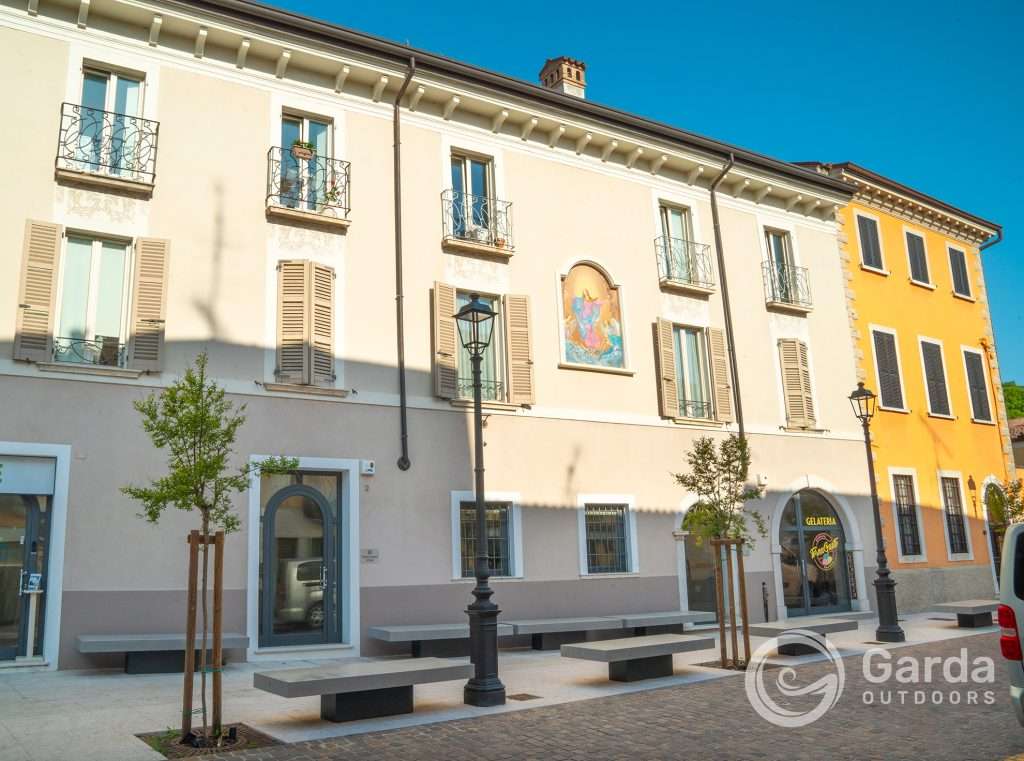
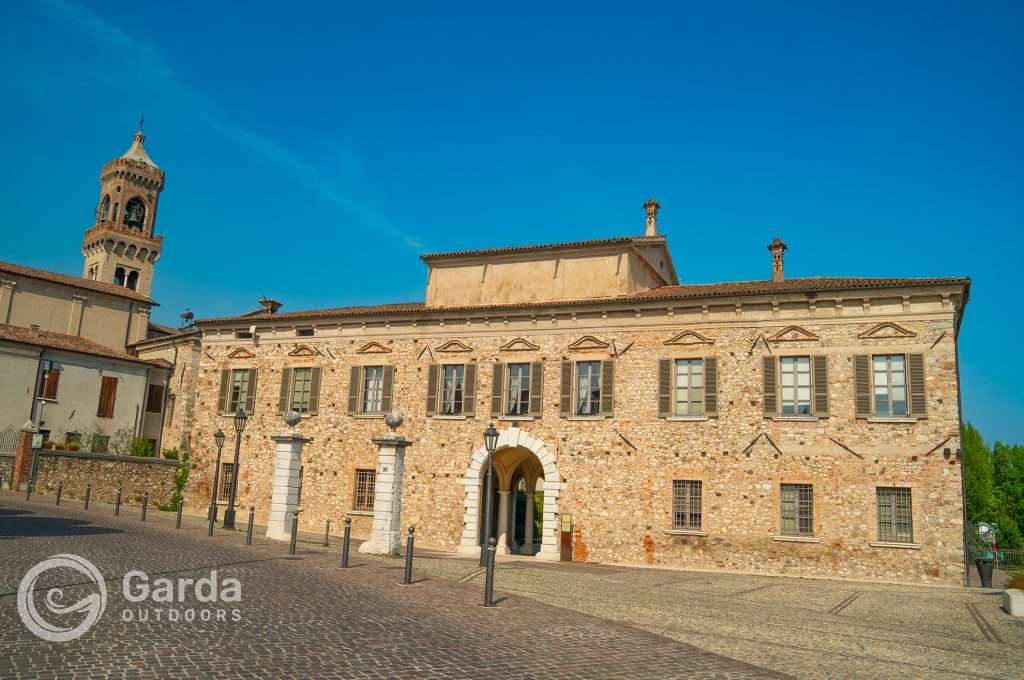
The Padenghe Cathedral (Church of Santa Maria Assunta) stands out for its unusual position, in a peripheral area and near a road intersection, a rare feature among the parish churches of the surrounding towns.
It is assumed that the building was initially a xenodochio, a refuge for foreigners and pilgrims, probably founded by the Benedictine friars of Maguzzano.
The construction, documented starting from 1454, has a façade with six pilasters that divide three spaces containing the portal and two baroque statues of Saints Emiliano and Cassiano.
Inside, the church, with a single nave with a barrel vault and a rectangular presbytery, houses eight altars, including the one dedicated to the Madonna Assunta and the one at the main altar with an altarpiece depicting the Madonna and Child and Saints Emiliano, Cassiano, Miletto, Ippolito, Vito and Modesto, performed by Paolo Farinati in the sixteenth century.
The bell tower, completed in 1616, and the sacristy, frescoed by Falli di Pratello in 1742, further enrich the artistic heritage of the church.
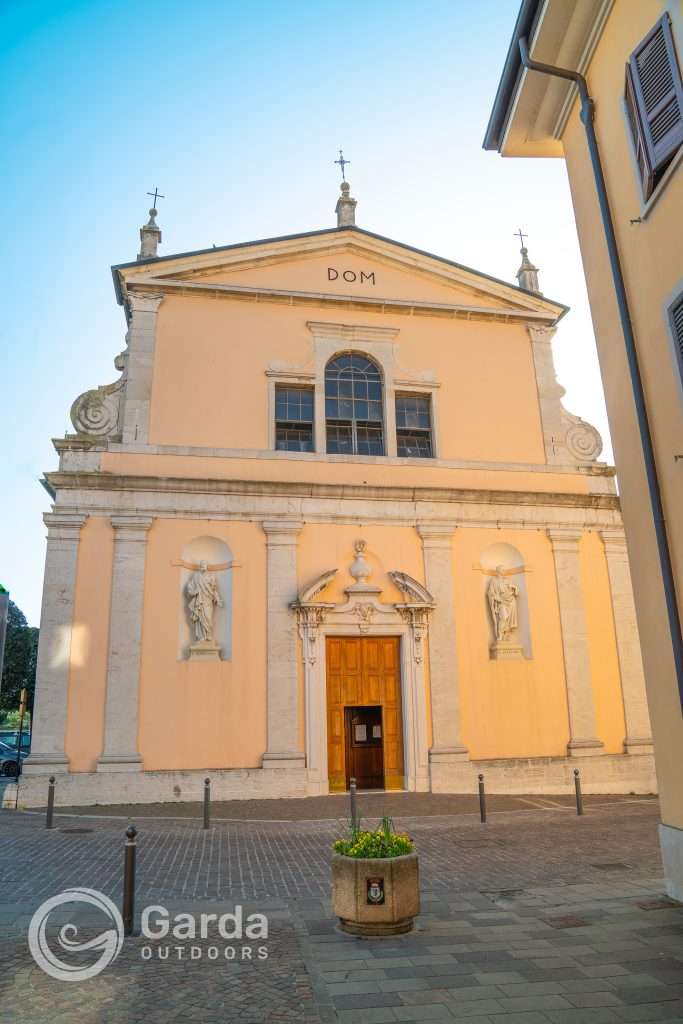
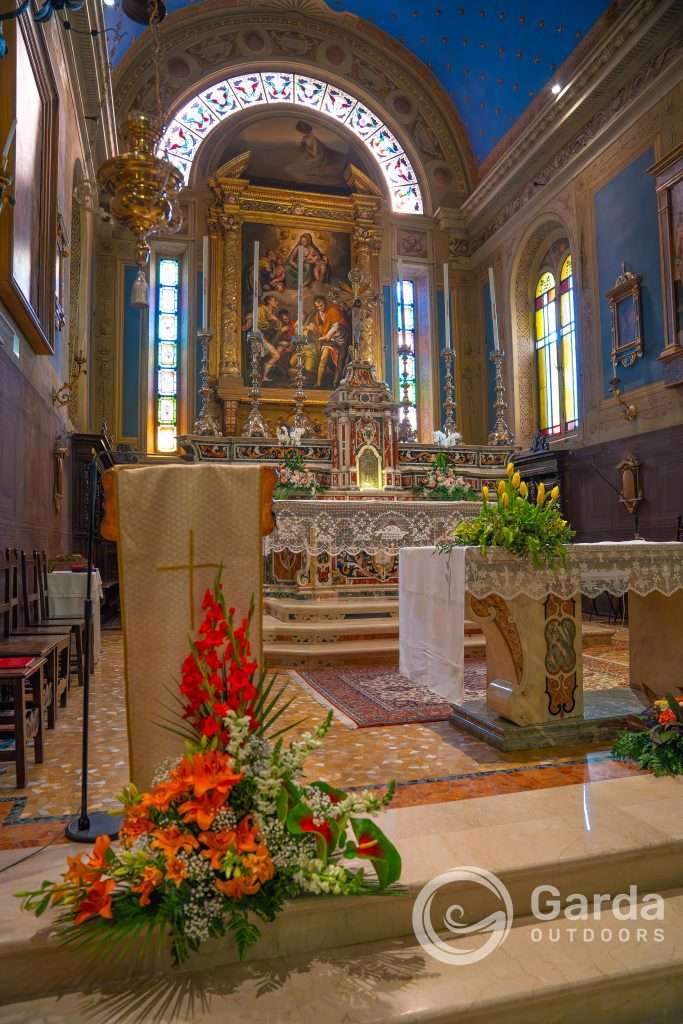
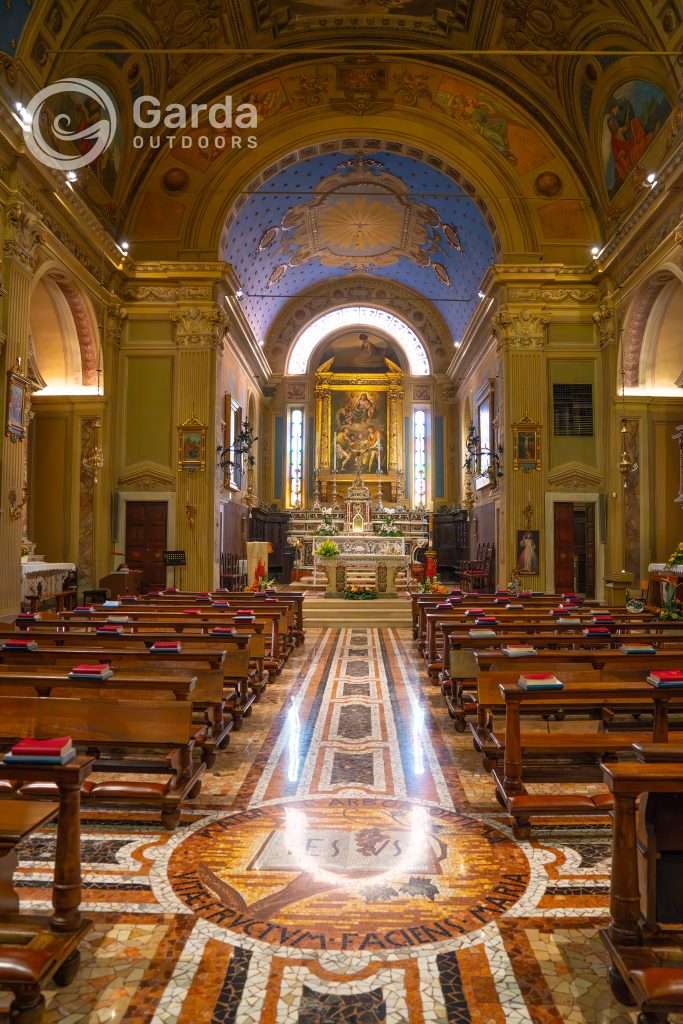
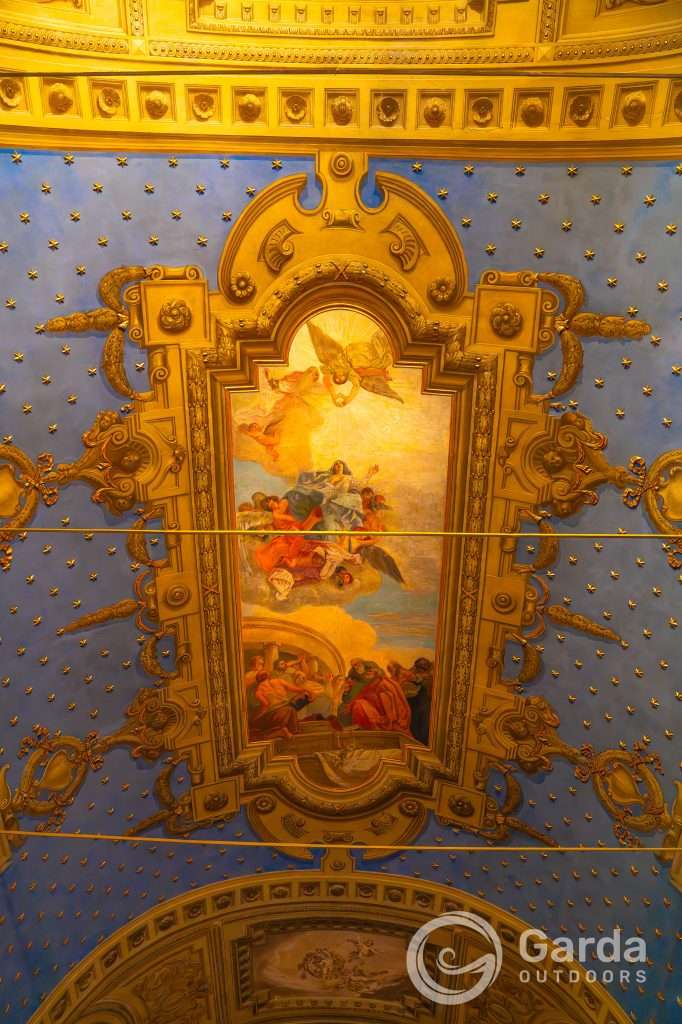
The castle
The main attraction of the town is undoubtedly the Castle, an ancient stronghold dating back to the 12th century, from which you can enjoy a beautiful view of the lake. It can be reached either by car or via a short uphill walk starting from the historic centre.
The structure, with a 20 m high square-shaped defense tower (which can be freely visited via an external stone staircase and a spiral staircase that goes up to the bell), stands on a hill overlooking the town centre. Inside the walls, which are accessed via an arched portal equipped with a drawbridge, there are some houses divided by two streets.
The castle, certified as existing in 1145, was probably built on the ruins of a building from a previous era (10th century). The building was recognized in 1154 among the assets granted by Emperor Frederick Barbarossa to the bishop of Verona Teobaldo.
The castle has always been the subject of disputes between Brescia and Verona until 1328, when it came into possession of the Scaligeri family. In the 15th and 16th centuries it was disputed by the Republic of Venice and the Duchy of Milan. The castle remained in the possession of the Venetians from 1520 to 1796. In the following years the moat to defend the manor was filled in. In the sixties the complex underwent a major restoration with consolidation of the perimeter walls.
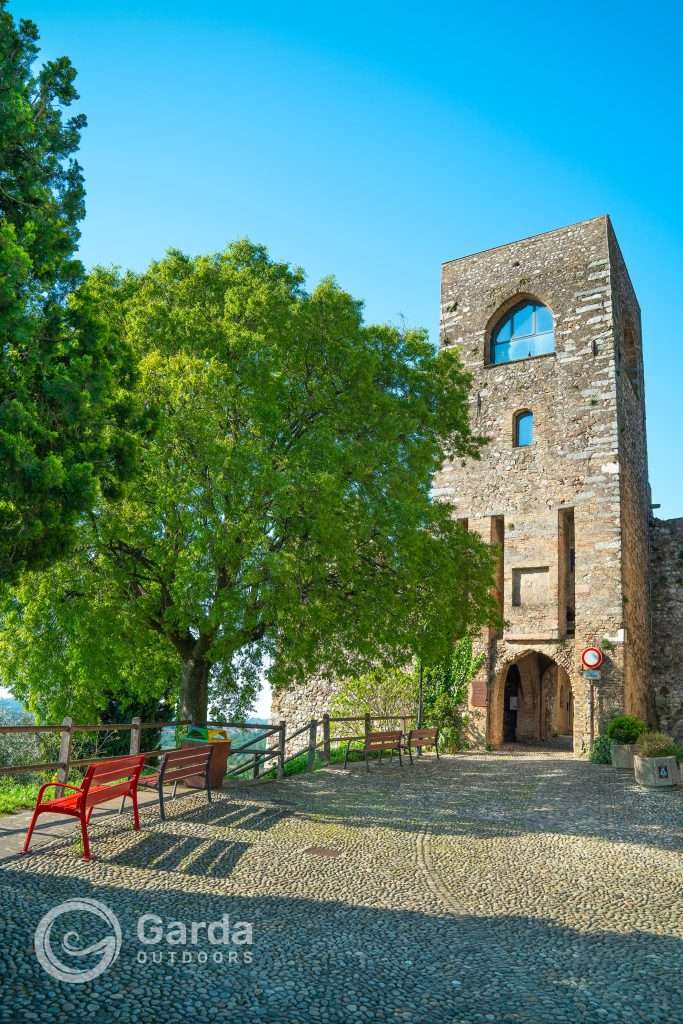
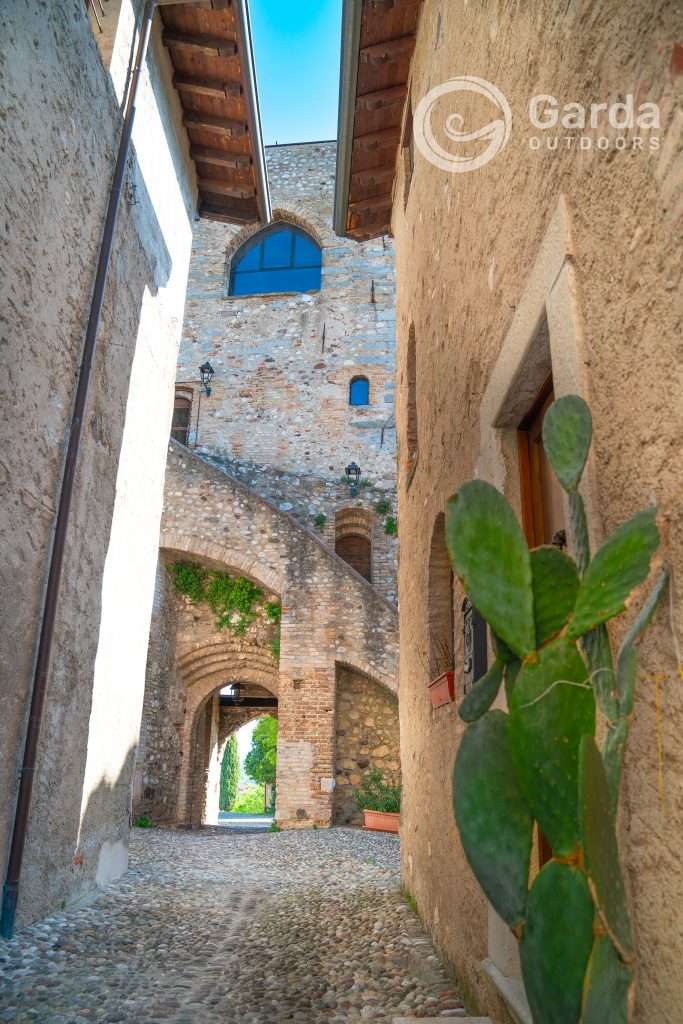
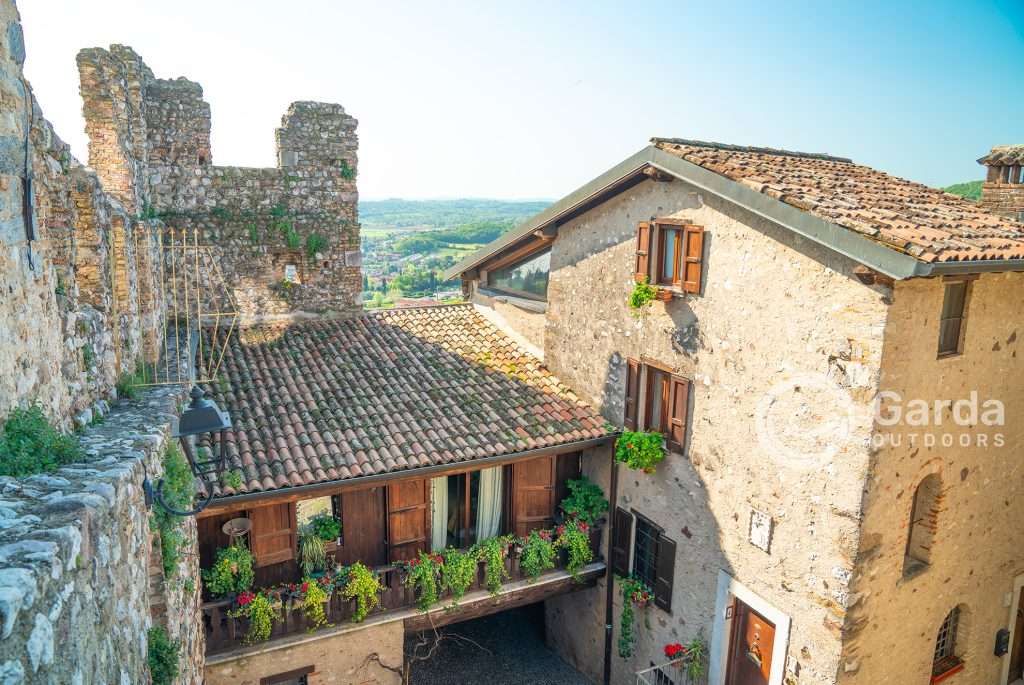
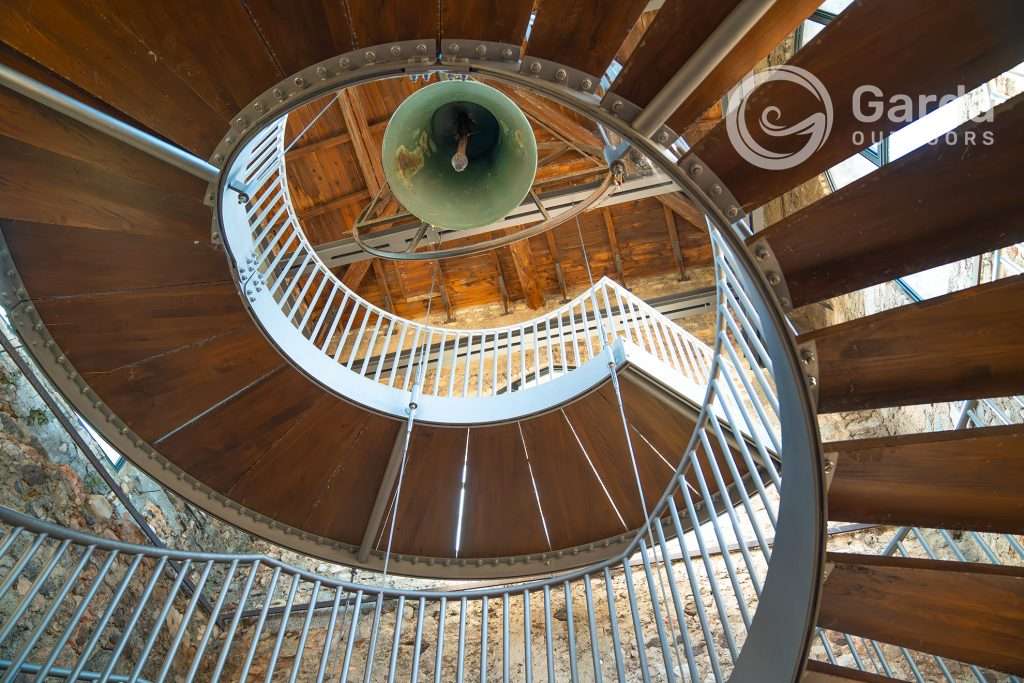
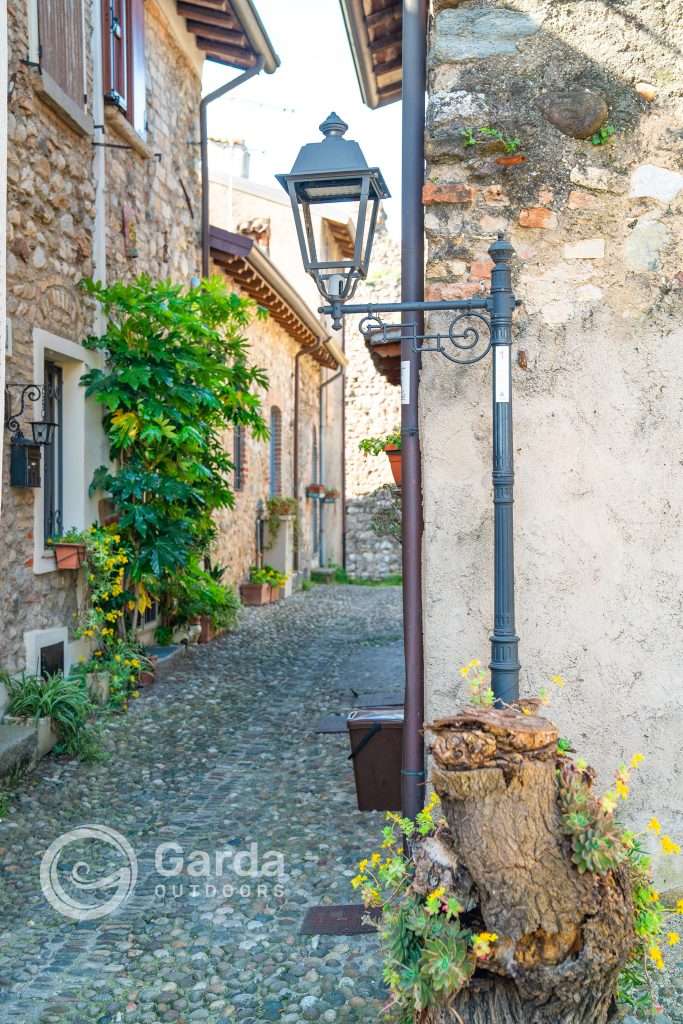
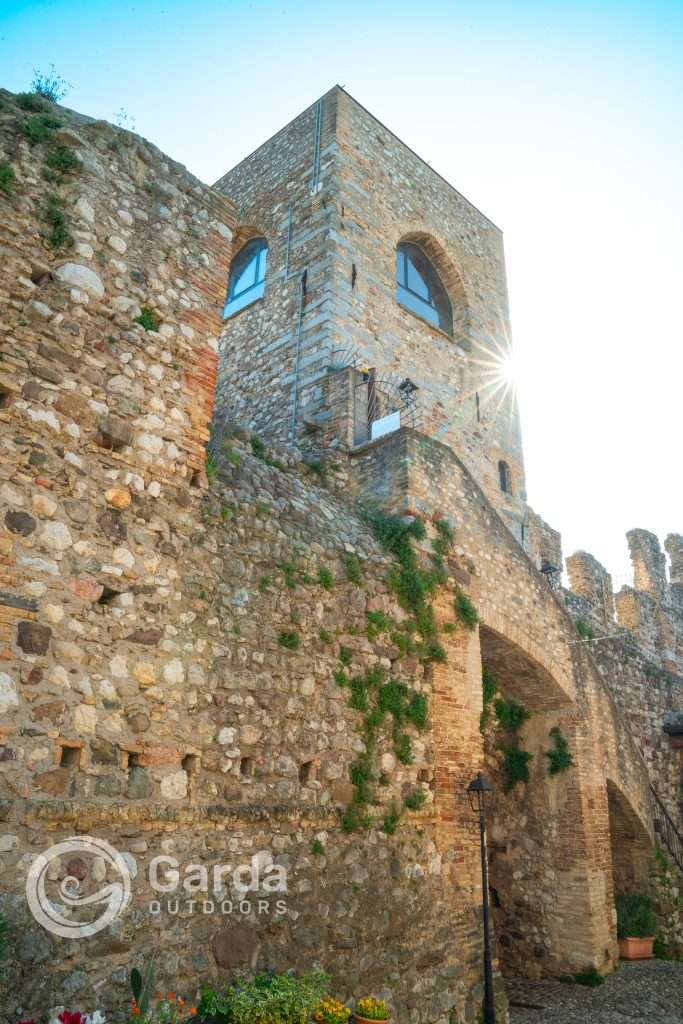
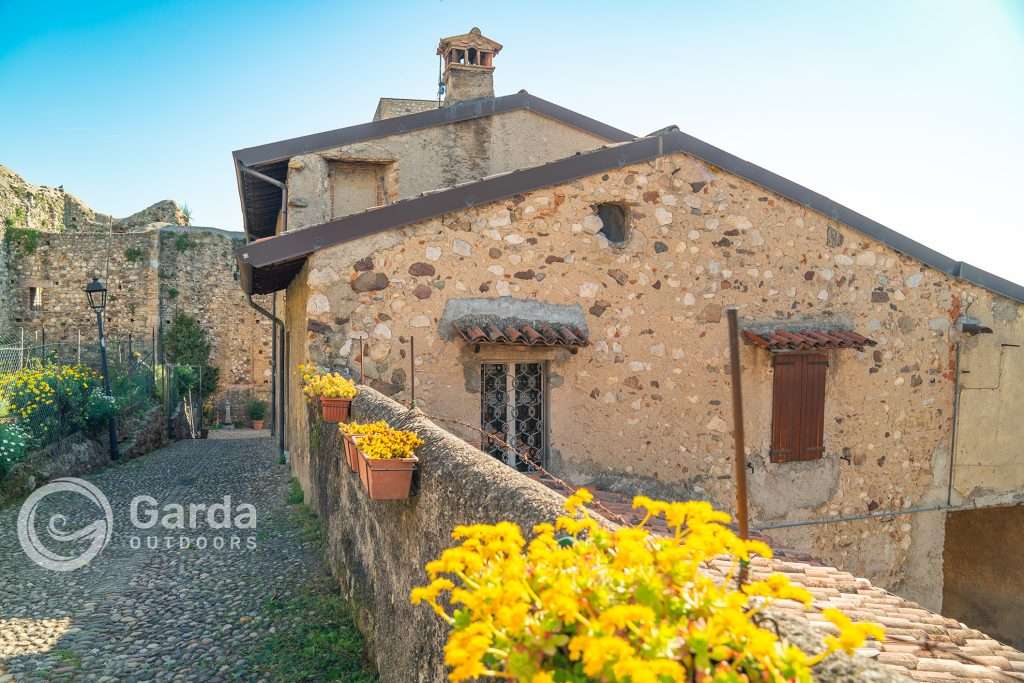
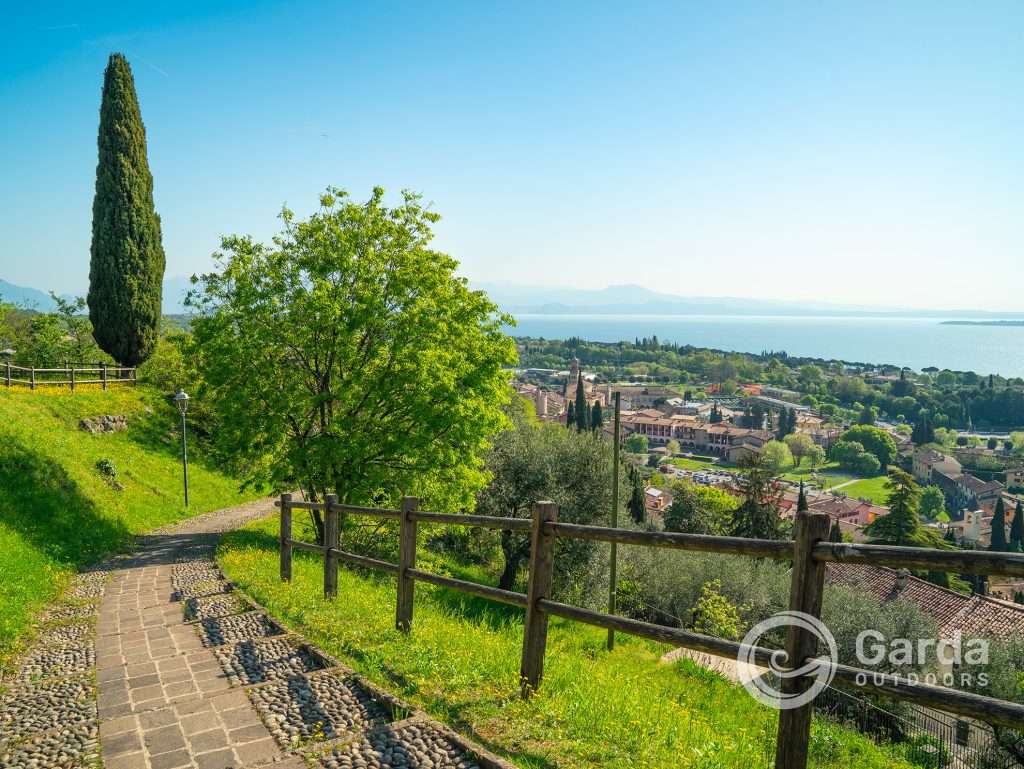
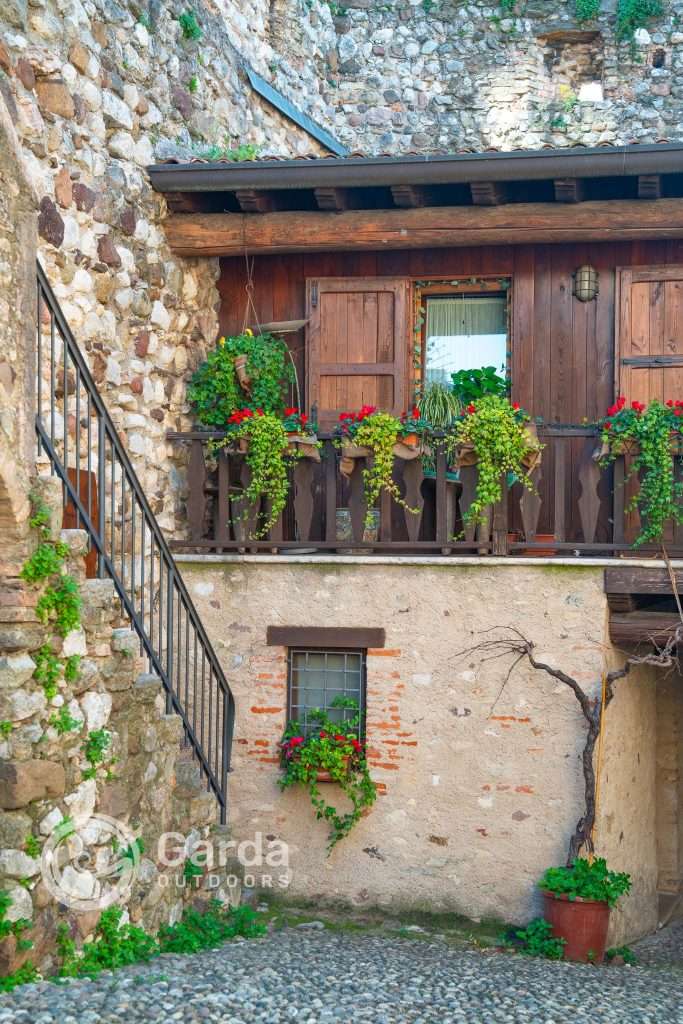
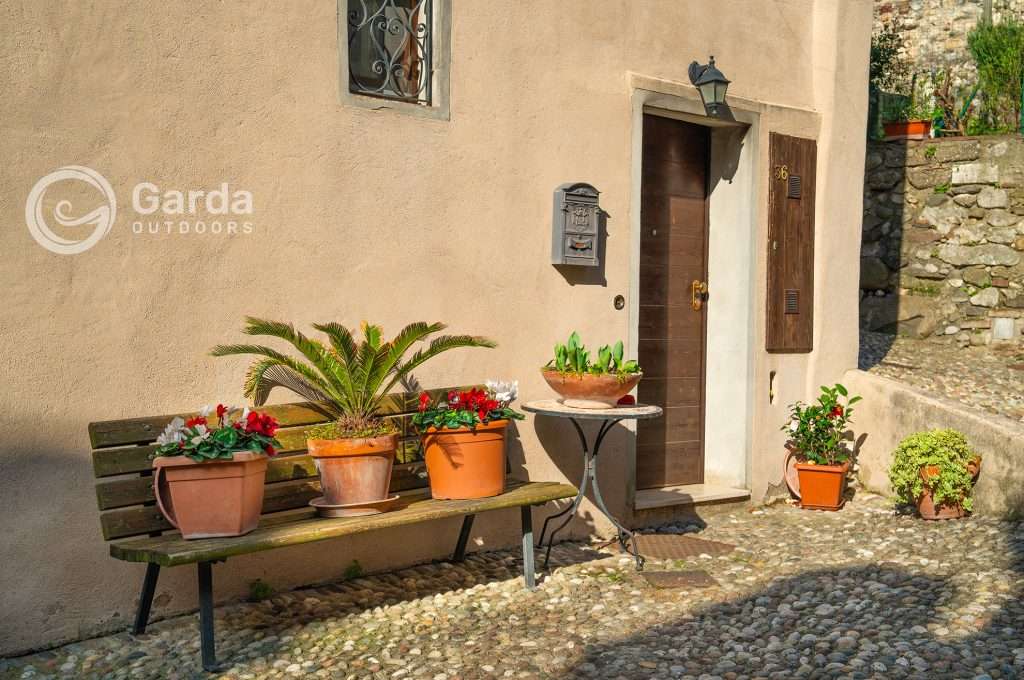
The Parish Church of Sant’Emiliano
The Parish Church of Sant’Emiliano, located outside the town centre, is located in Via S. Emiliano on a morainic promontory from which you can enjoy a breathtaking view. It can be reached either on foot or by car (there is also a convenient dirt car park on site).
This parish church is a religious building from the Romanesque era, dating back to the 11th-12th century and built in stone. Mentioned for the first time in a papal bull of 1145, it depended on the bishop of Verona. In the 16th century, it underwent important restorations and the addition of a bell tower. Its cultural importance diminished with the construction of a new parish church in the center of the town, eventually leading to its abandonment and deconsecration. In the 1950s, it was restored and brought back to its ancient Romanesque splendor. The structure, built with local gray-ivory and pink stones, has a simple façade, with a portal in red Verona marble and an oculus above the entrance. The dimly lit interior is accessible via two steps and retains some original openings that allow light to enter.
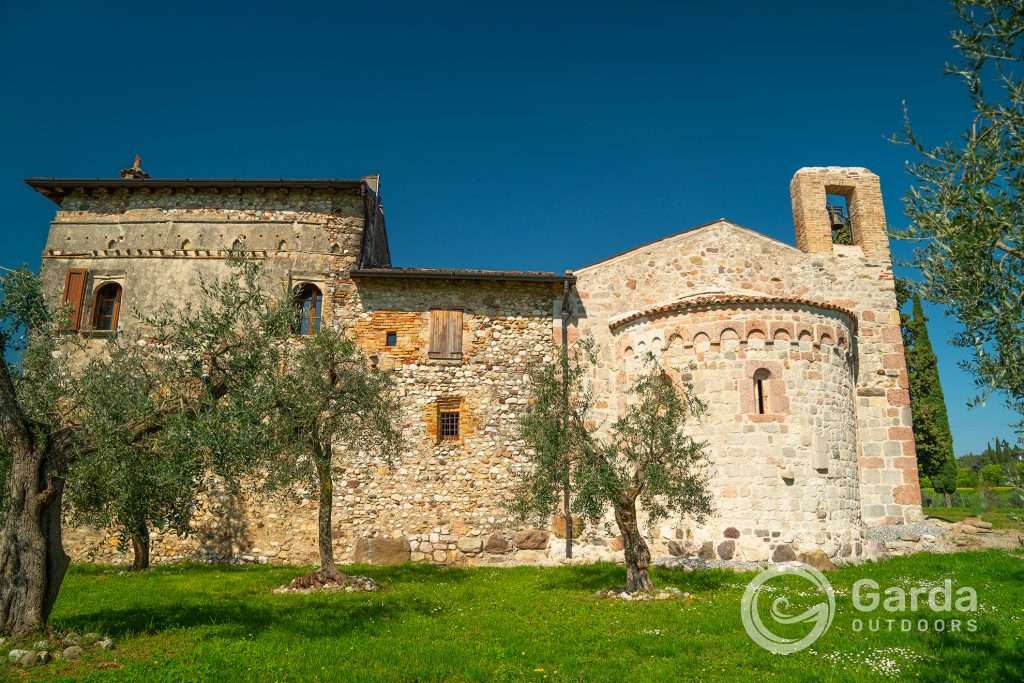
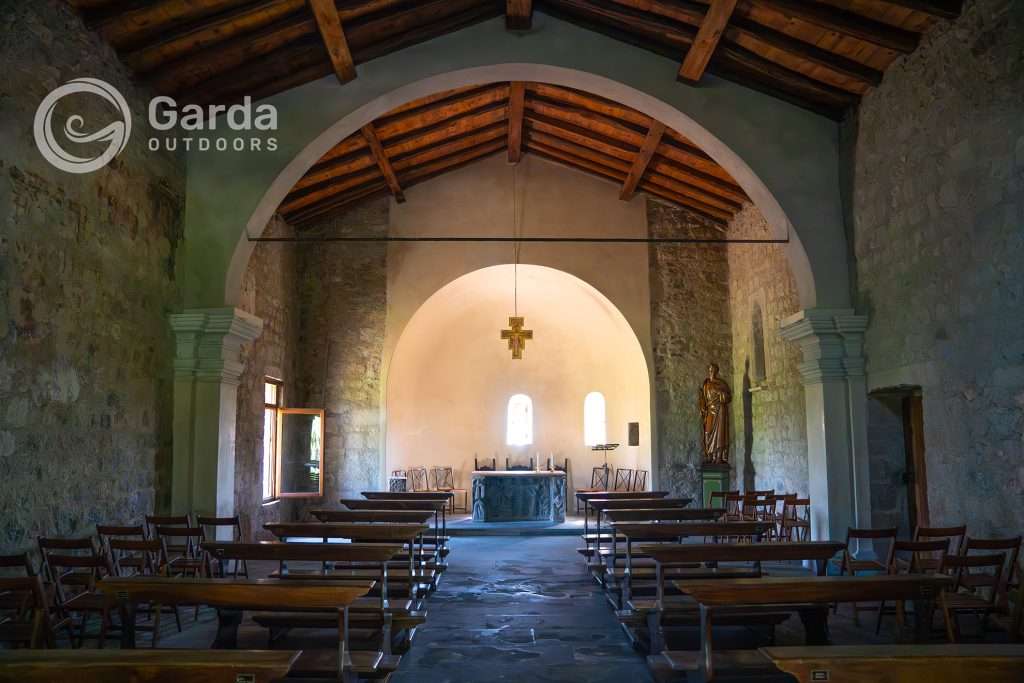
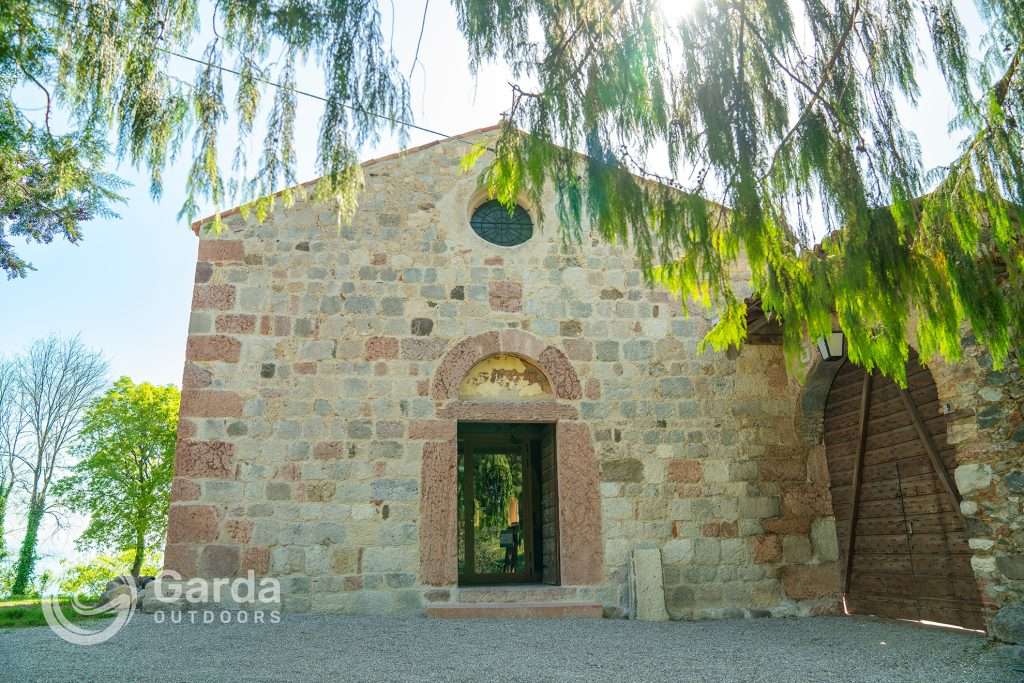
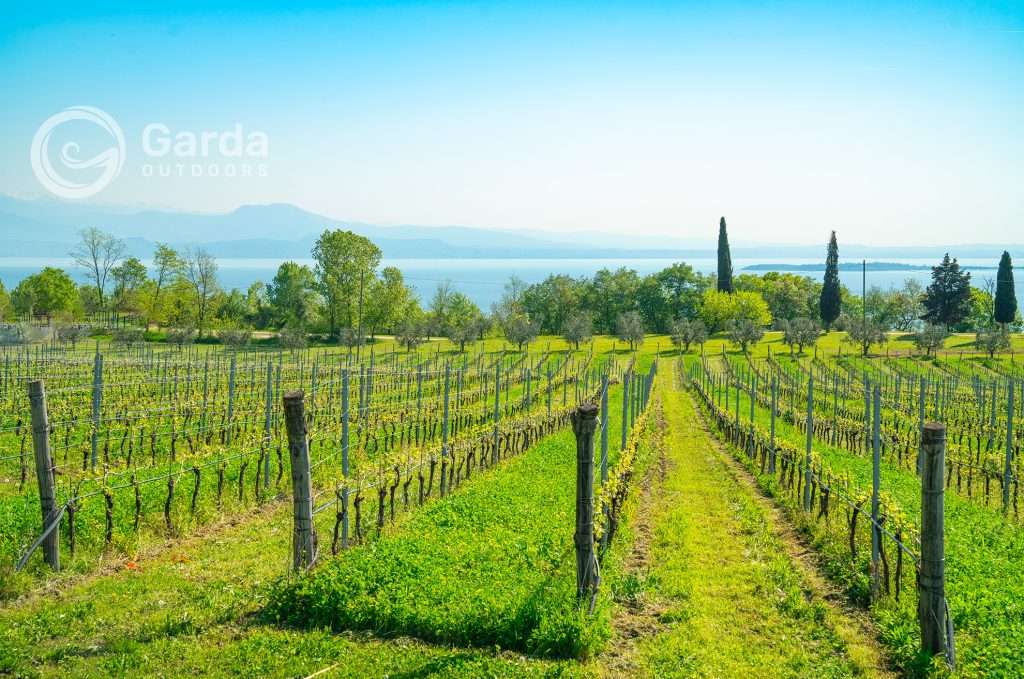
The hamlet of Villa with the Church of the Disciplina
In Via Roma, in the heart of the Villa di Padenghe hamlet, stands the small Church of the Disciplina, dedicated to the Madonna della Neve.
Inside there is an interesting painting of the Beheading of Saint John the Baptist by Malosso. A very pretty porcelain Maria Bambina is kept in a display case.
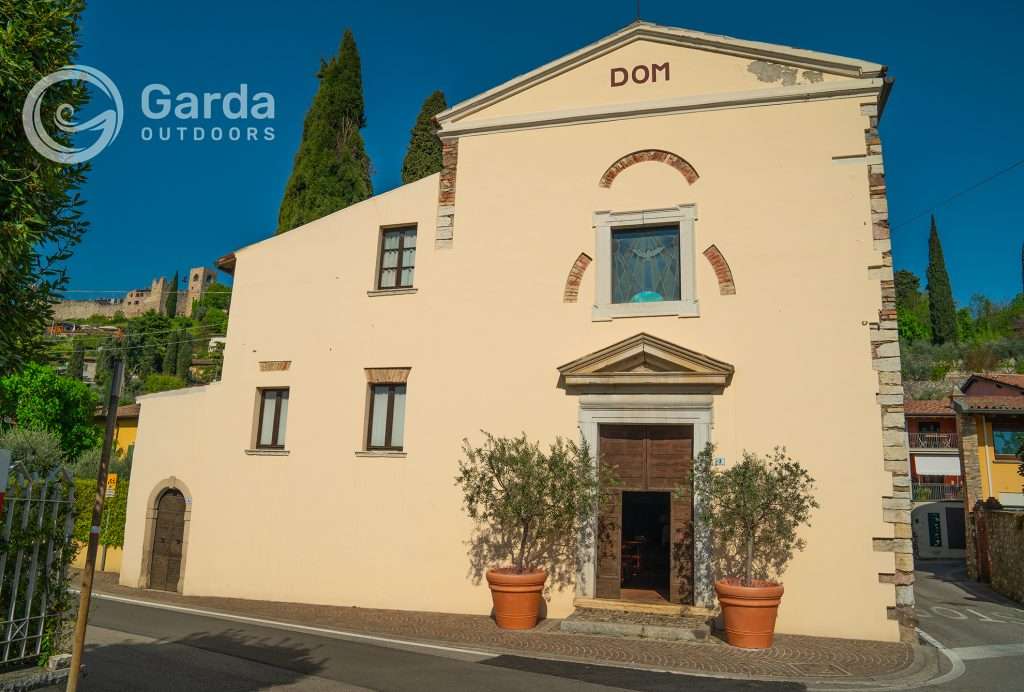
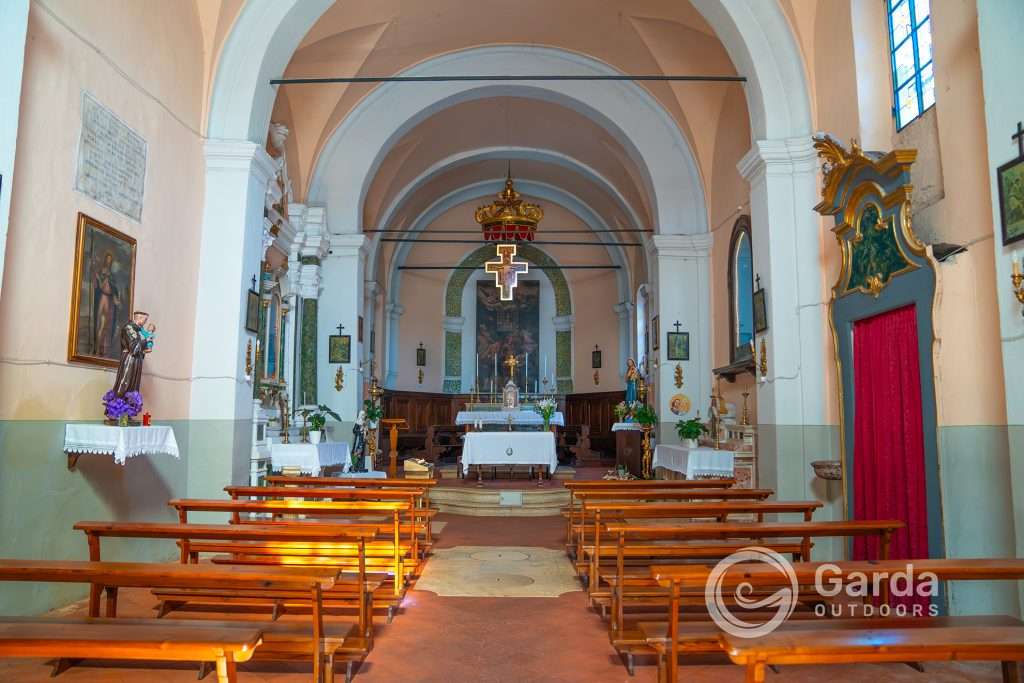
The Sanctuary of the Madonna della Torricella
It stands at the end of a charming avenue of cypress trees among the oldest in Europe, next to the town cemetery, on the road from Padenghe to Soiano.
The church was built to commemorate the apparition of the Virgin Mary to a boy and a mute girl who from that moment began to speak.
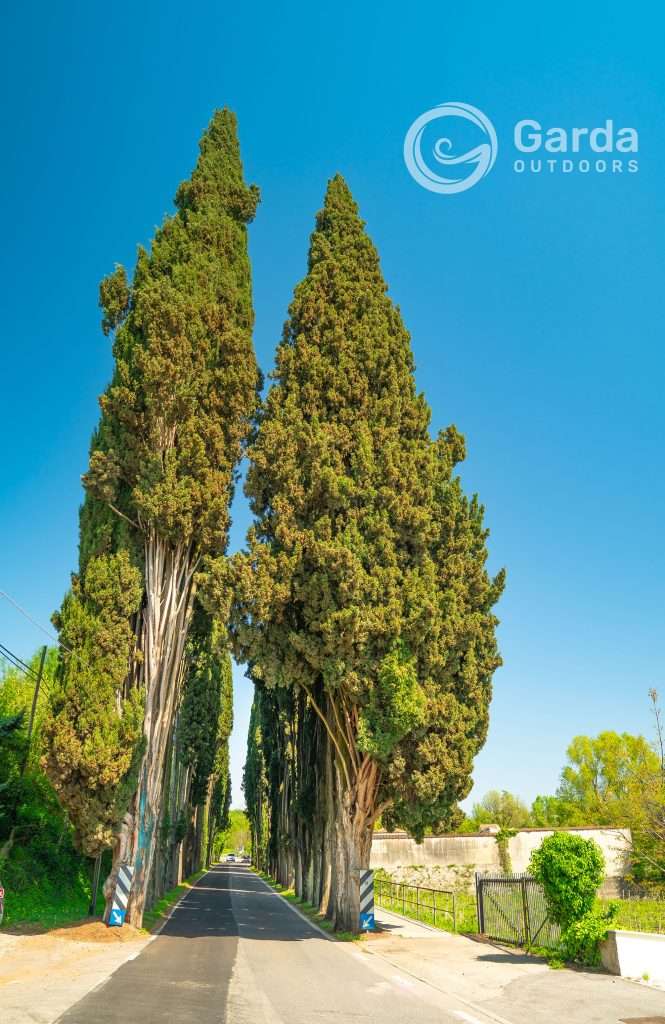
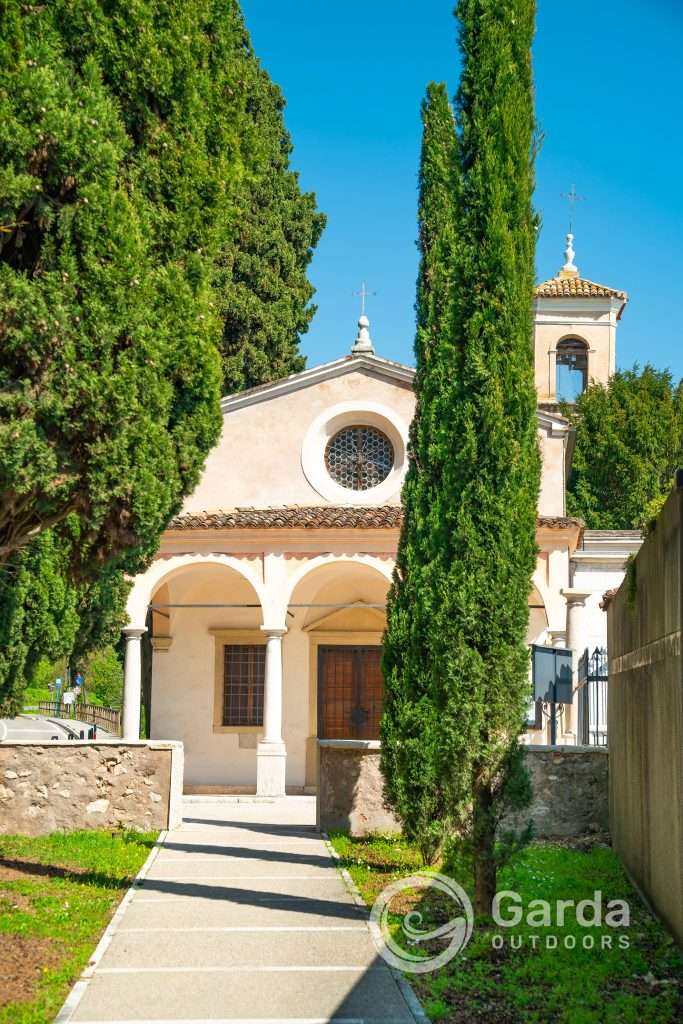
The Church of the Visitation of the Blessed Virgin Mary
Located in the hamlet of Pratello in Via Levrini, it is dedicated to Sant’Eurosia. It was built by Luigi Nicolini.
Its construction began in 1720 and the entire population collaborated. The church has a single hall with a barrel vault.
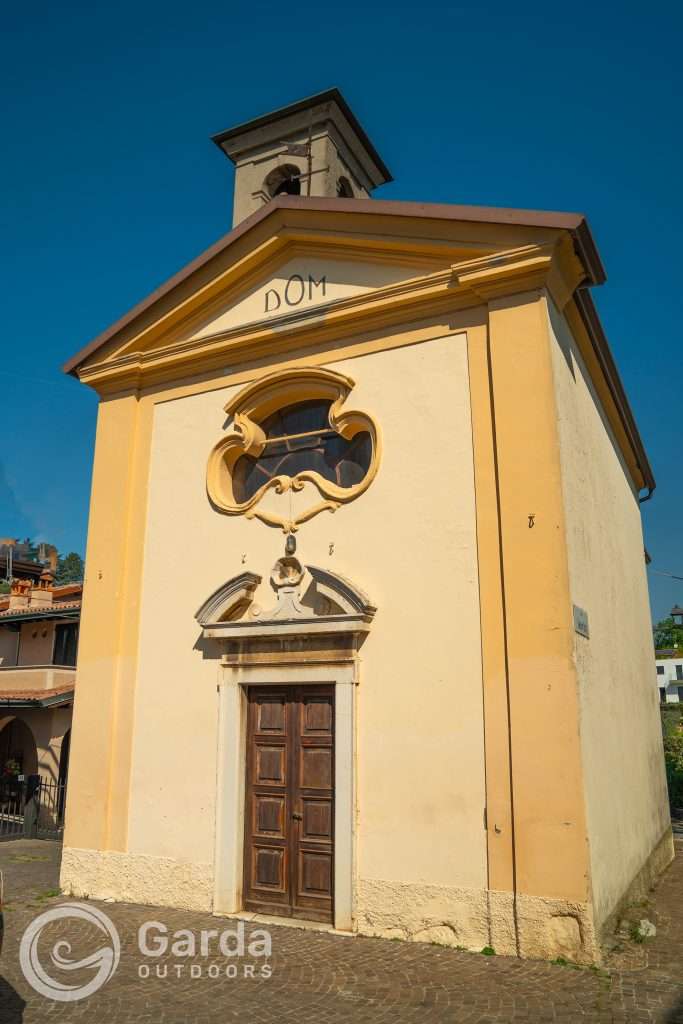
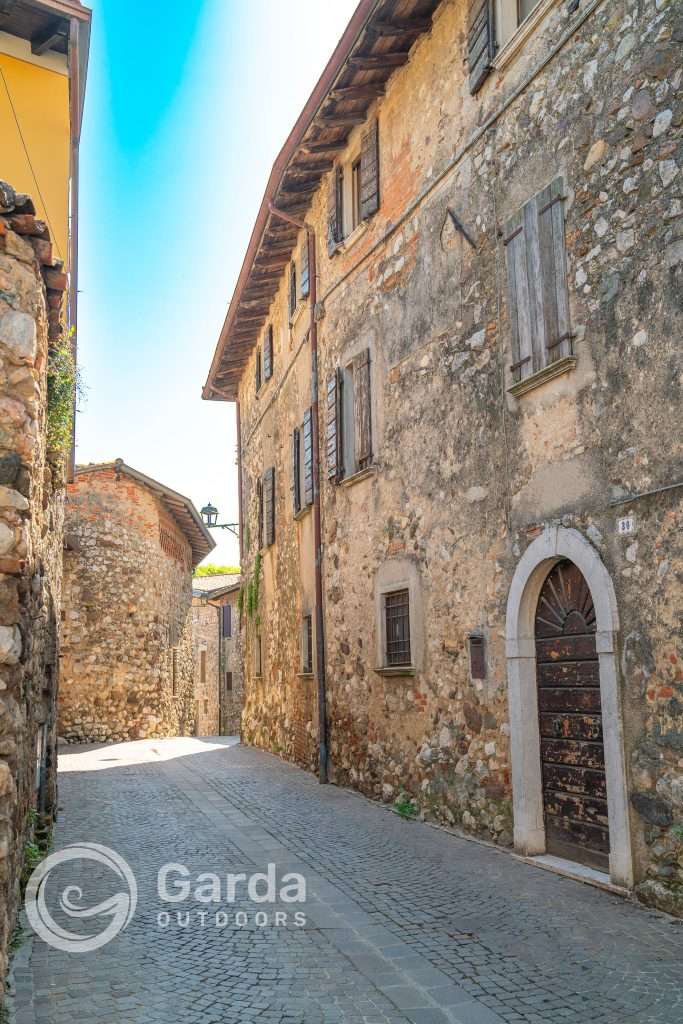
Castel Drugolo
In the immediate vicinity of Padenghe, precisely in the village of Drugolo, Castel Drugolo is worthy of note, restored in 1934, today owned by Baron Lanni Della Quara (it cannot be visited).
Built at the end of the fourteenth century, it has a square plan on the high scarp wall, with a drawbridge and battlements.
You can park at the cemetery which is on the right, at the beginning of the climb to the Castle, and take a nice walk surrounded by nature. This road is also suitable for cycling excursions because it is one of the stops in the 24 km of the Valtenesi Cycle Path.
Near the cemetery there is an 18th century noble chapel known as the Chiesetta dei Morti della Selva, part of the medieval complex of Drugolo.
The church stands on the remains of a fifteenth-century lazaretto, contains numerous votive offerings and a cross in memory of some girls who died to escape the dangers of the French soldiers.
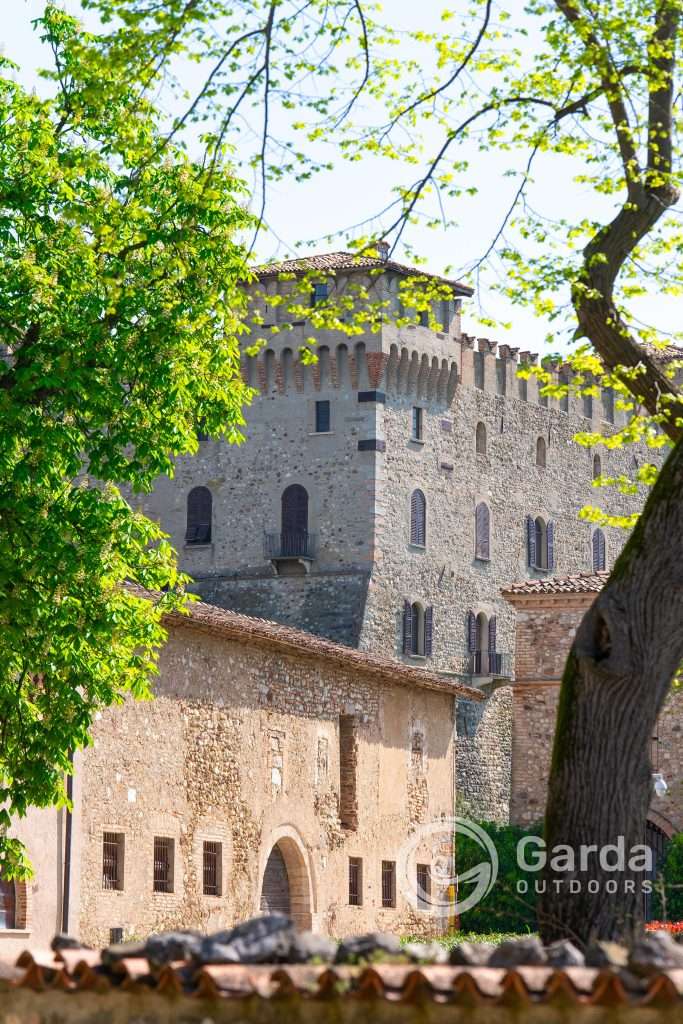
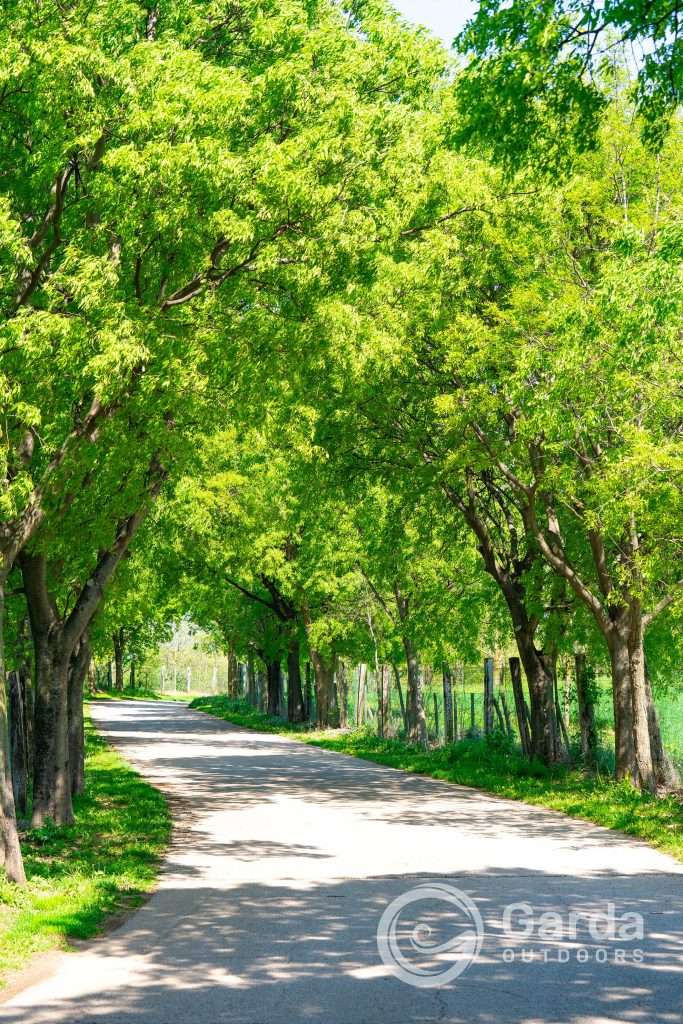
Activities, events and sports in Padenghe sul Garda
In Padenghe sul Garda you can practice many sports, including SUP, canoeing, walking, cycle tourism and golf.
Tulip Garda
Tulip Garda is a huge and evocative tulip field in Padenghe sul Garda, open to the public, where you can pick and buy wonderful flowers.
Every year, 230,000 bulbs of 45 different varieties of tulips are planted, whose flowering lasts approximately 4/5 weeks starting every April.
An enchanted place also perfect for photo sessions, fun family outings and colorful aperitifs. For further information click here.
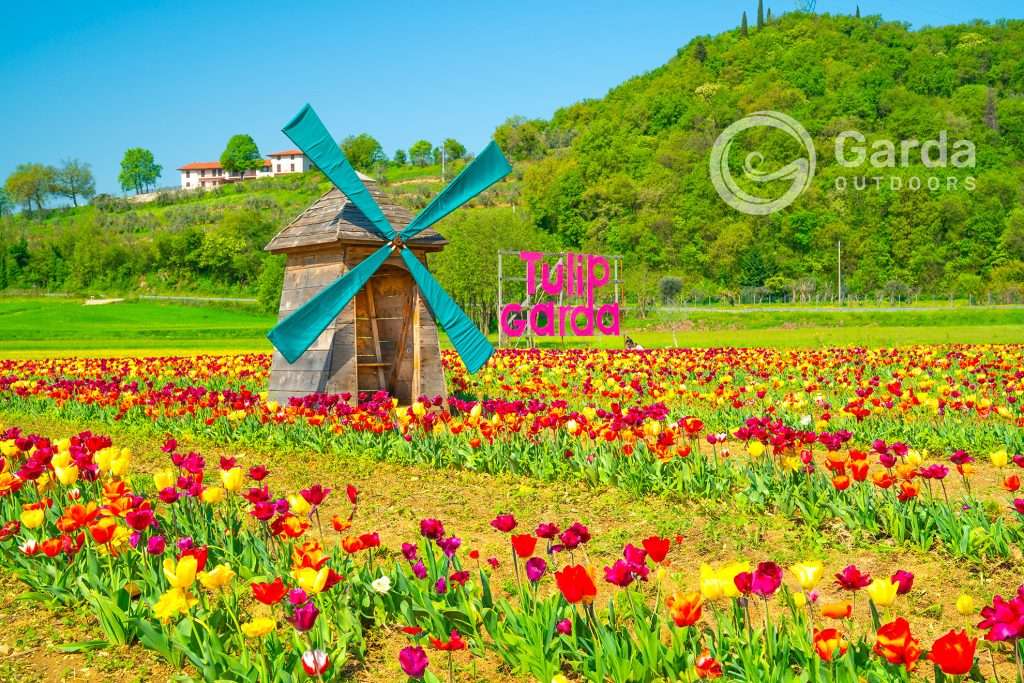
Events
If you don’t want to miss any local events such as festivals and guided tours, we highlight the events page of the Municipality of Padenghe sul Garda – click here – and that of the Pro Loco Padenghe – click here -.
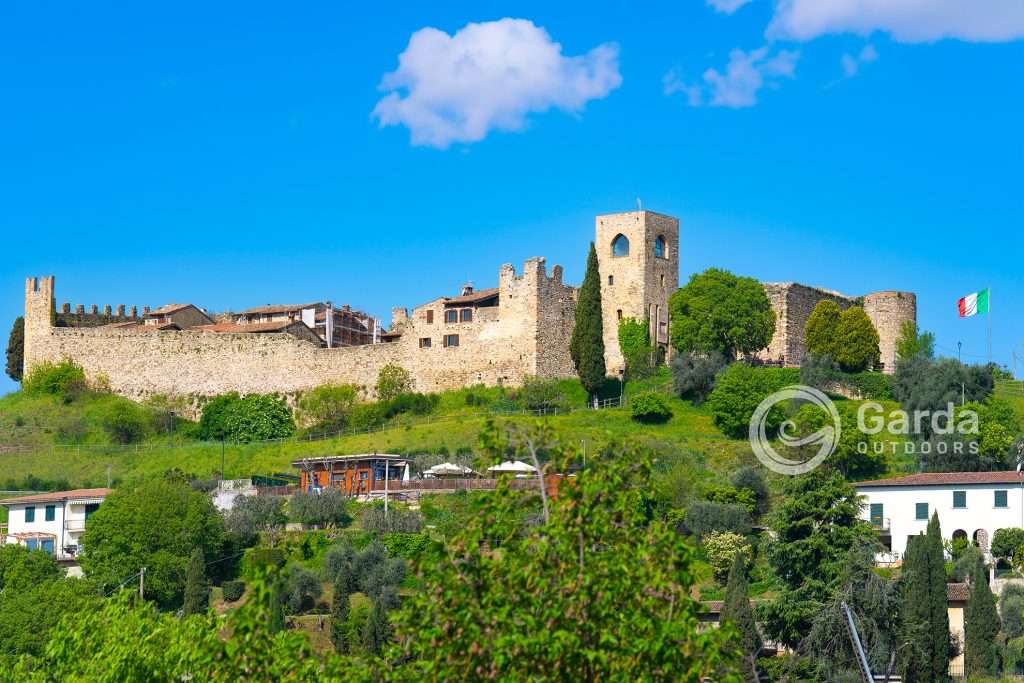
Where to sleep in Valtenesi
We recommend two different and unique places:
BorgoLuna Luxury Holidays House is a small jewel set in the village of San Felice del Benaco. 3 exclusive suites, born from the union between history and innovation, between sustainability of materials and respect for tradition.
For further information click here.
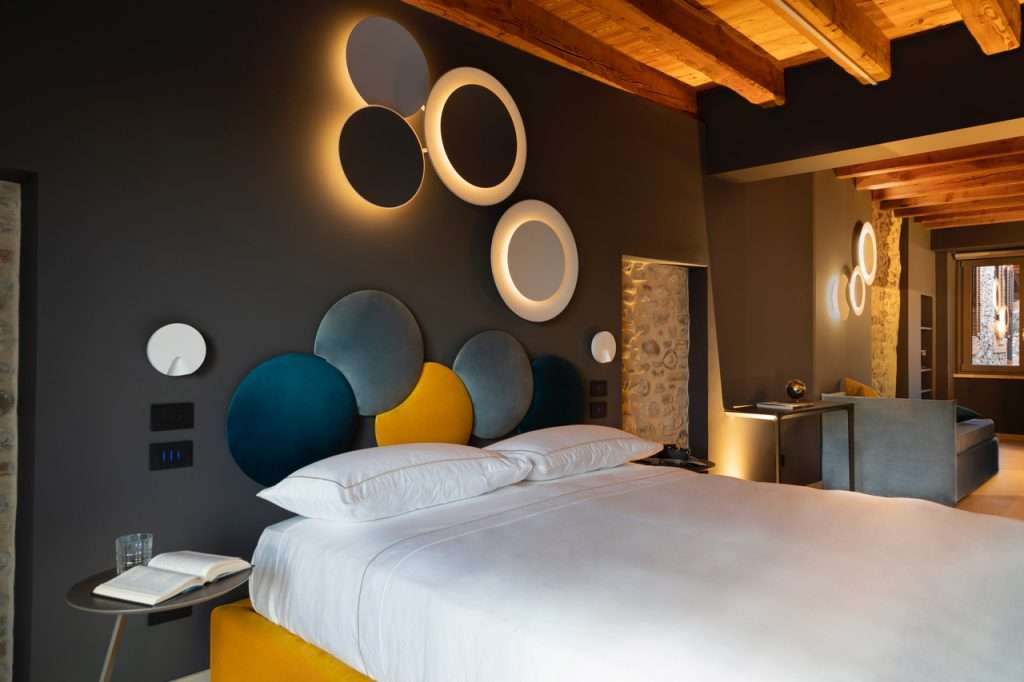
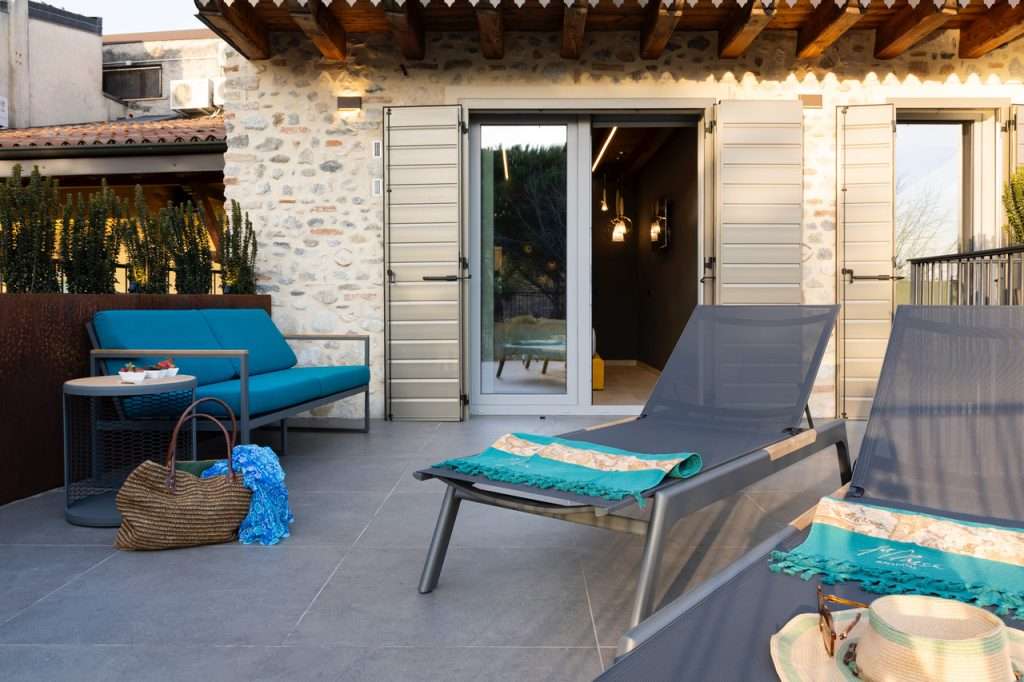
The Hotel San Filis, with all its charm of an ancient 17th century residence, is located in the historic heart of San Felice del Benaco. Swimming pool, garden, restaurant and many services available to guests.
For further information click here.
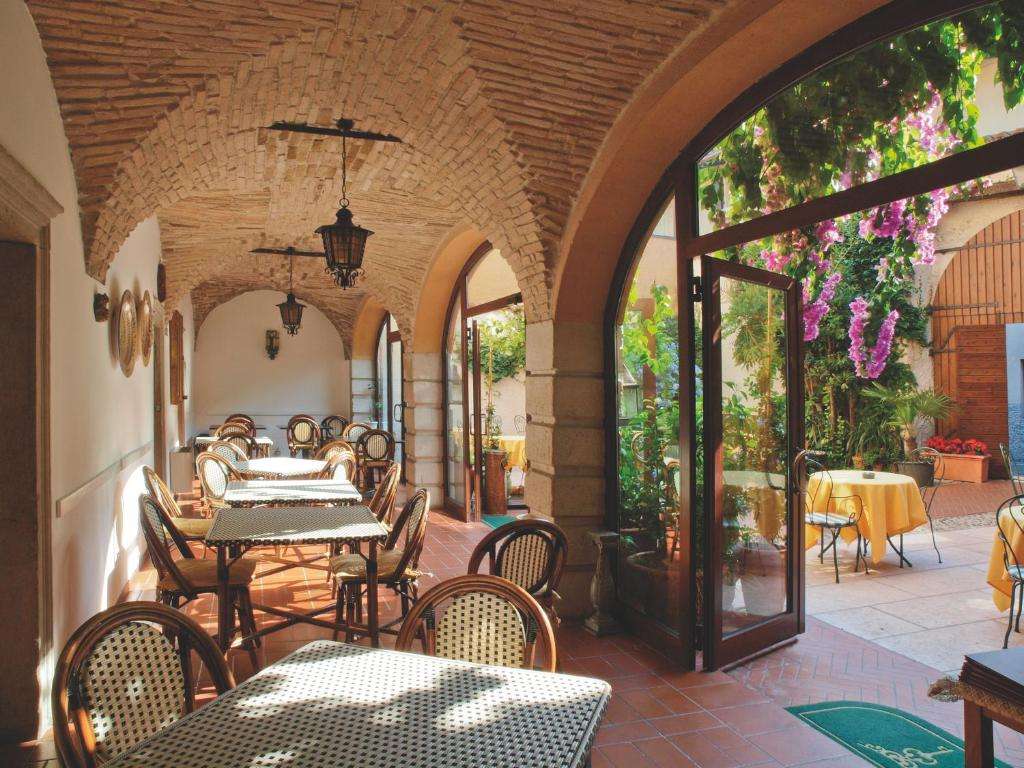
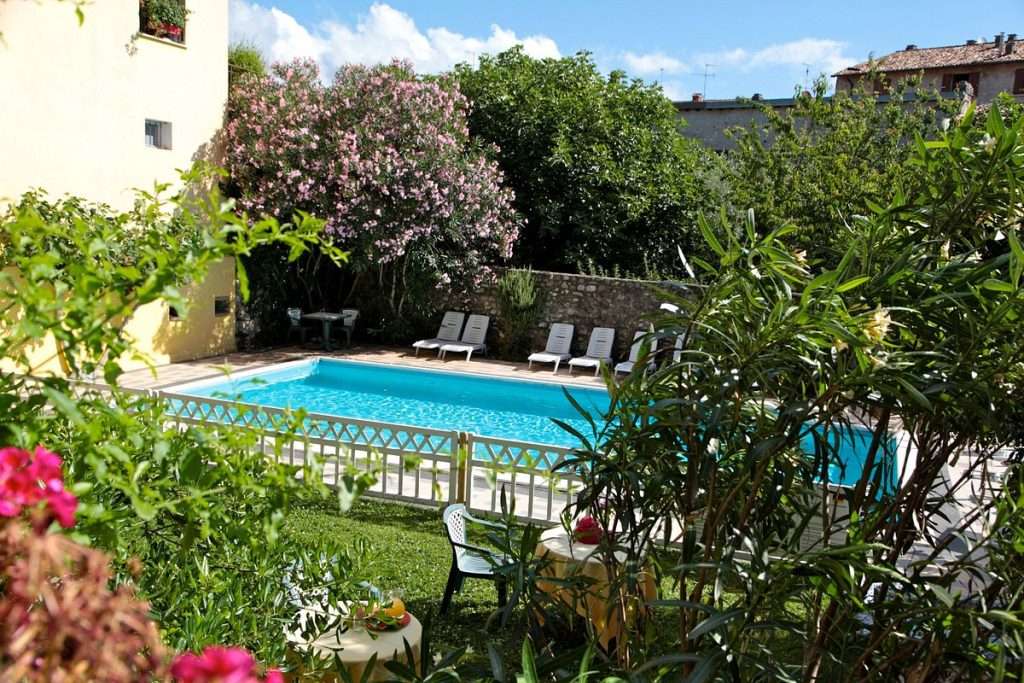
Experiences in Valtenesi
The cultural and natural heritage of Valtenesi offers many opportunities to live unique experiences in the area. Here are some ideas for many beautiful emotions!
To experience the waves of the lake as true protagonists on Wakesurf, E-foil, Foil, Jetsurf you cannot miss an adventure with the Your Wave team.
To visit a unique and exciting location surrounded by vineyards and book a food and wine tasting we recommend the Conti Thun Winery.
Have you ever experienced the silence of an electric boat? At Nautica Elettrica San Felice you will find it for hire.
Do you like to photograph? Contact professional photographer Stefano Maraggi to guide you in your search for the perfect shot.
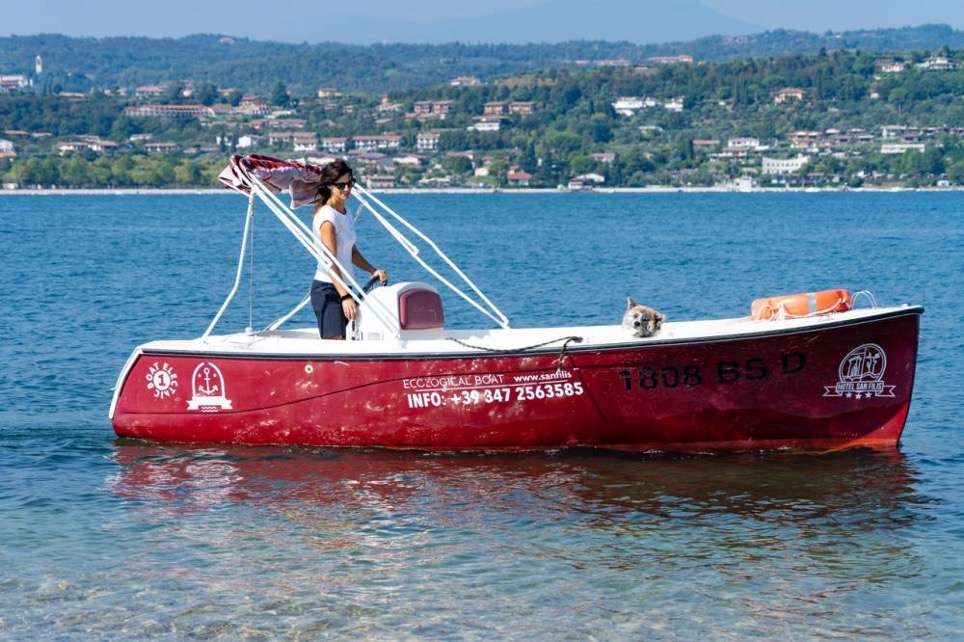
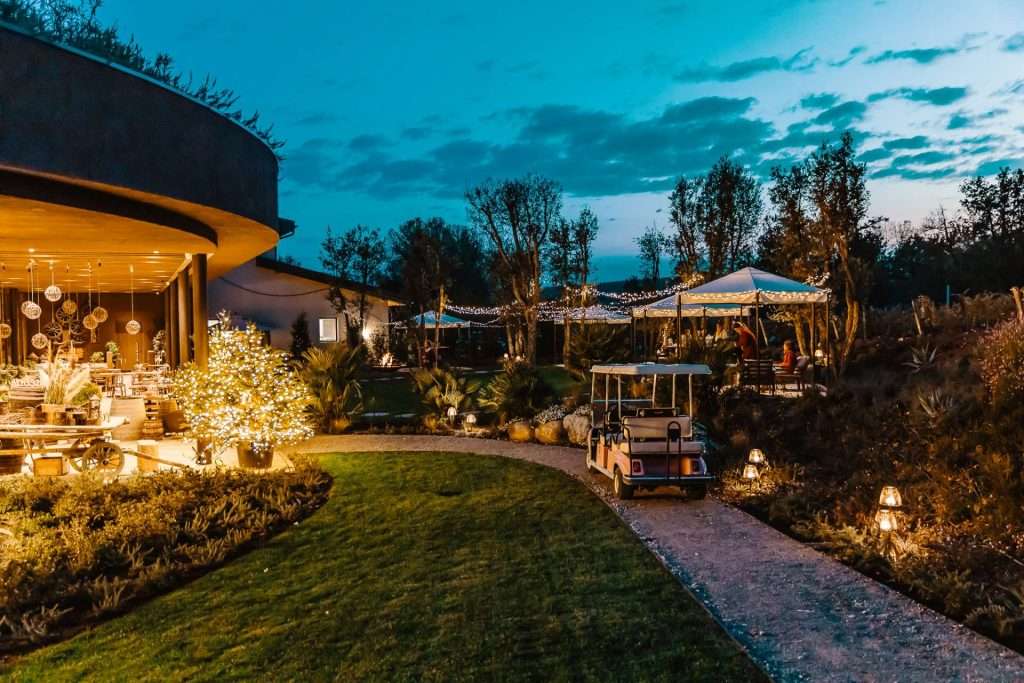
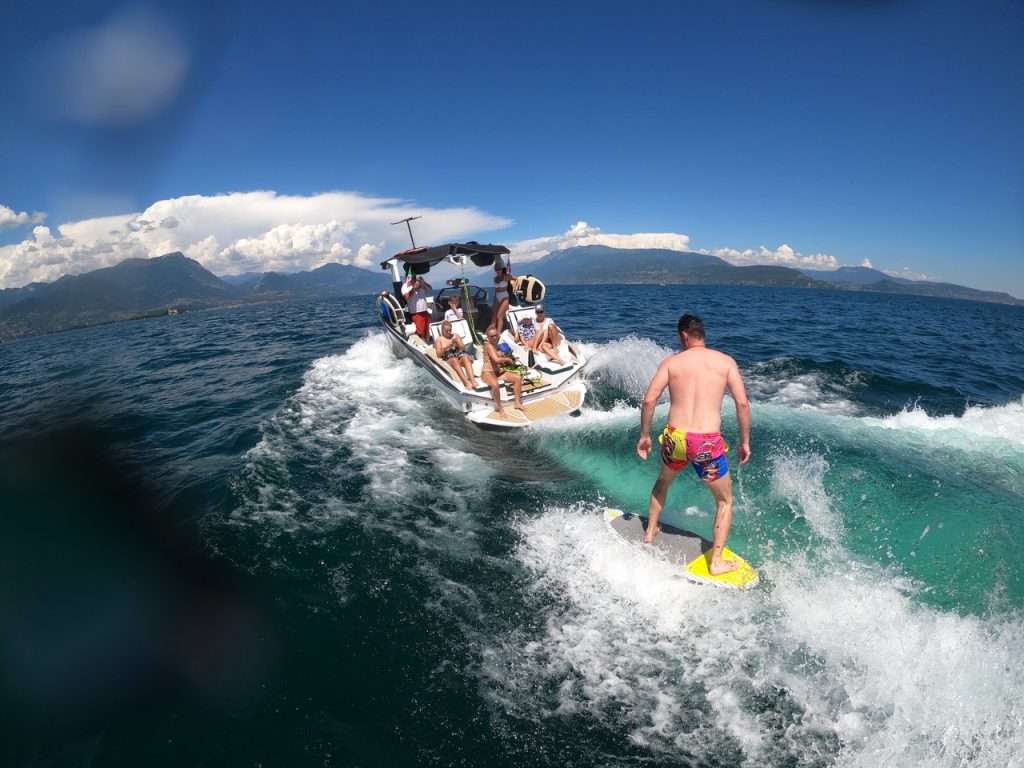
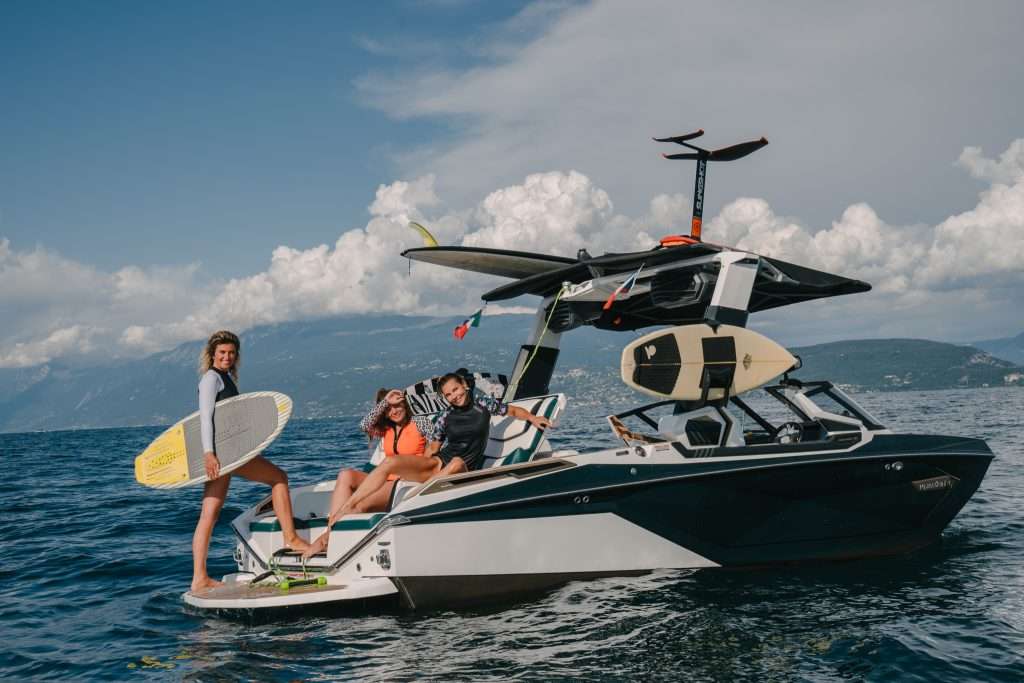
Would you have ever thought that so many gems were set in so few square kilometers? Padenghe sul Garda and the whole of Valtenesi are a discovery at every bend, behind every hill, in every little ancient street.
Happy trip dear Outdoors!
Silvia Turazza – Garda Outdoors editorial team
